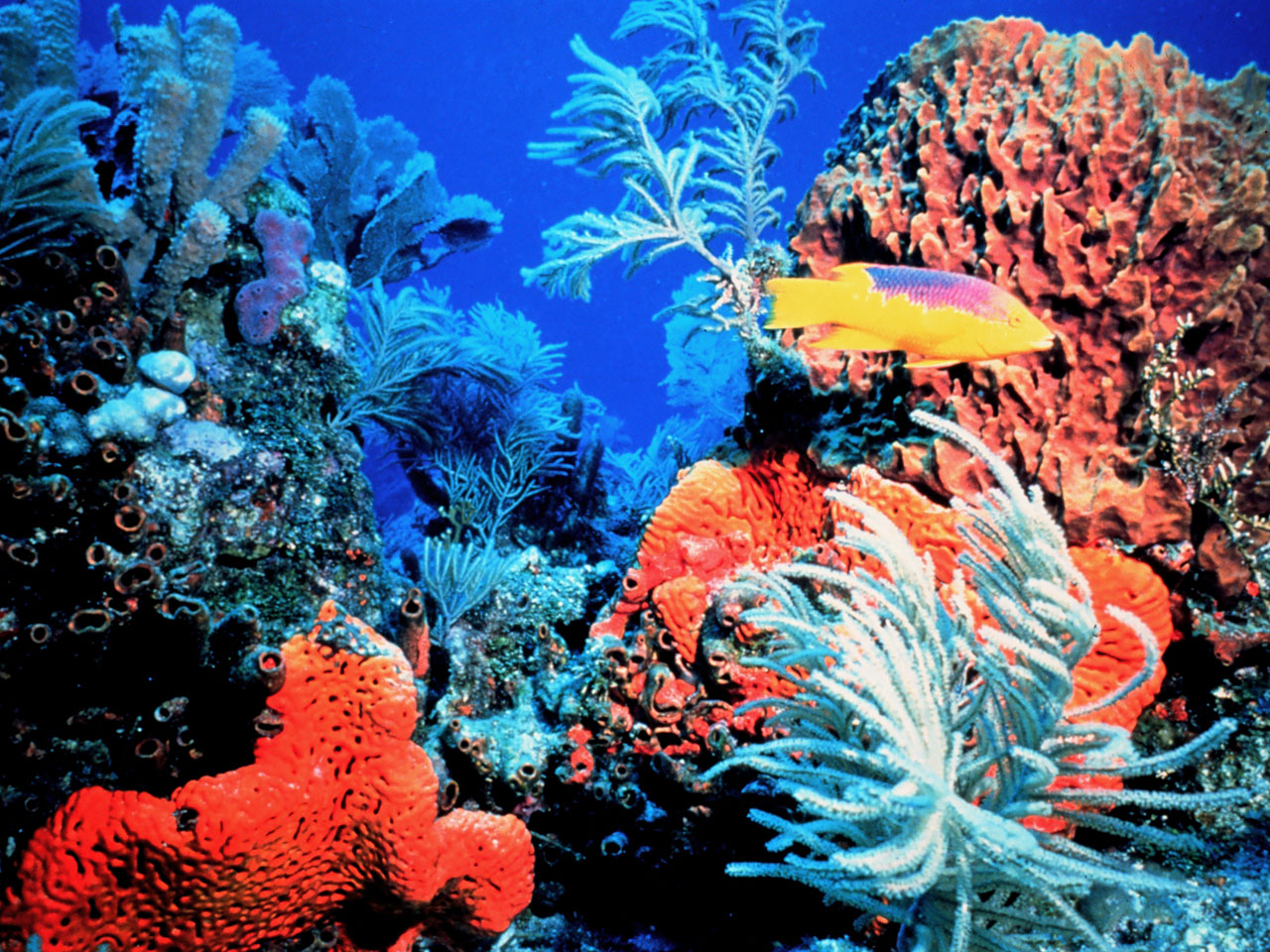 |
COASTAL
SUSTAINABILITY IN THE FLORIDA KEYS Jennifer Hesson & Matt Williams December 22, 2007 University of Wisconsin - Madison CEE 514: Coastal Engineering |
| Home |
Background |
Problems |
| Wave Transformations |
Coastal
Protection Devices |
Proposal |
The Florida Keys are a chain of 882 islands extending 120 miles off the southern tip of Florida. The Keys are home to the nation's only subtropical environment with the Gulf of Mexico and Florida Bay to the west, and the Atlantic Ocean to the east harboring the country's only living barrier coral reef system. This reef system is the primary wave protection device for the residents of the Florida Keys.
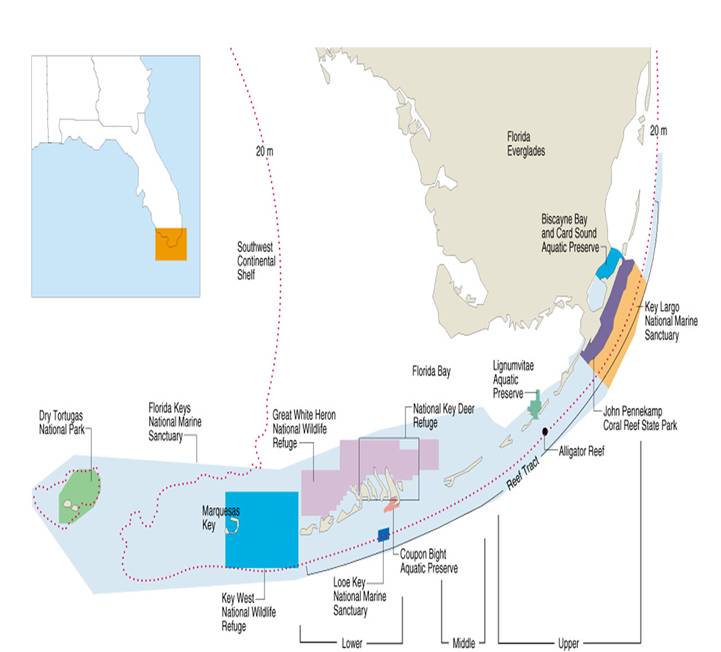
The Florida Keys National Marine Sanctuary (FKNMS) shown in blue, with the Atlantic Ocean and barrier coral reef system (“reef tract”) to the east and Florida Bay to the west (Haskell, 2005).
-
Coastal Sustainability in the Florida Keys incorporates the balance between being able to successfully meet the needs of the coastal community while protecting and maintaining the natural environment.
-
The population of the Florida Keys has exploded by 160% in past 40 years.
-
Throughout this time the Keys have been developed haphazardly.
-
There is currently 85,000 year round residents.
-
2.5 million tourists visit each year!
-
Coastal pollution, coastal erosion, & sediment pollution are some some of the negative effects brought on by humans.
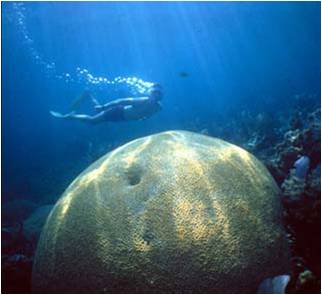
Is Coastal Engineering the Solution?
-
Coastal Engineering involves the integration of meteorology, hydrology, geology, mathematics, marine science, and sociology.
-
Most all these disciplines are very complex in the Florida Keys which makes Coastal Engineering very challenging.
-
The Florida Keys are very prone to Hurricane disaster, have a very complex hydrologic system and unique geology, and also are geographically isolated and ecologically diverse.
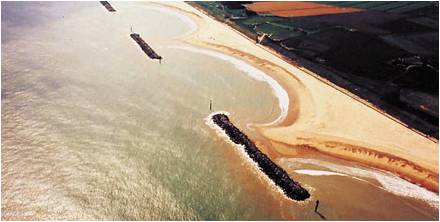
Geology
The Florida Keys are what is left from an ancient barrier coral reef system that thrived during the Pliestocene. Before the ice age when the world's water was not locked up in the glaciers, sea level was much higher allowing for a more elaborate reef system. As the earth went into the ice age, the sea level dropped as glaciers were forming. The decrease in sea level eventually caused the barrier reef system to dry out and become lithified into bedrock we know today as the Key Largo Limestone (Wanless, 1989).
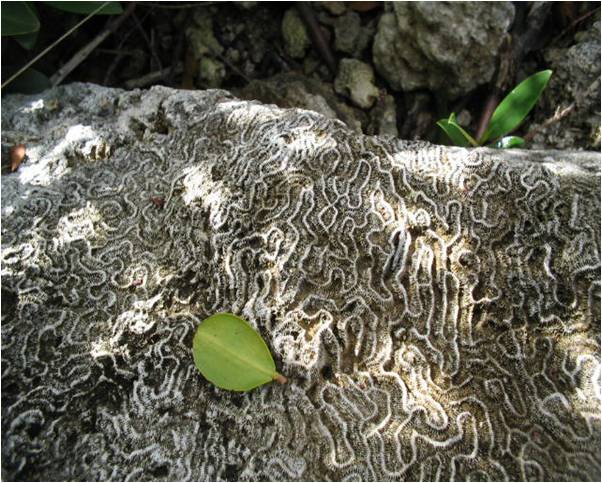
The excavation of more than 250 canals created to accommodate large boats for navigation between the islands have exposed the Key Largo Limestone's porous nature creating a faster highway for contaminated groundwater to reach Florida Bay and the Atlantic (Paul, 1997).